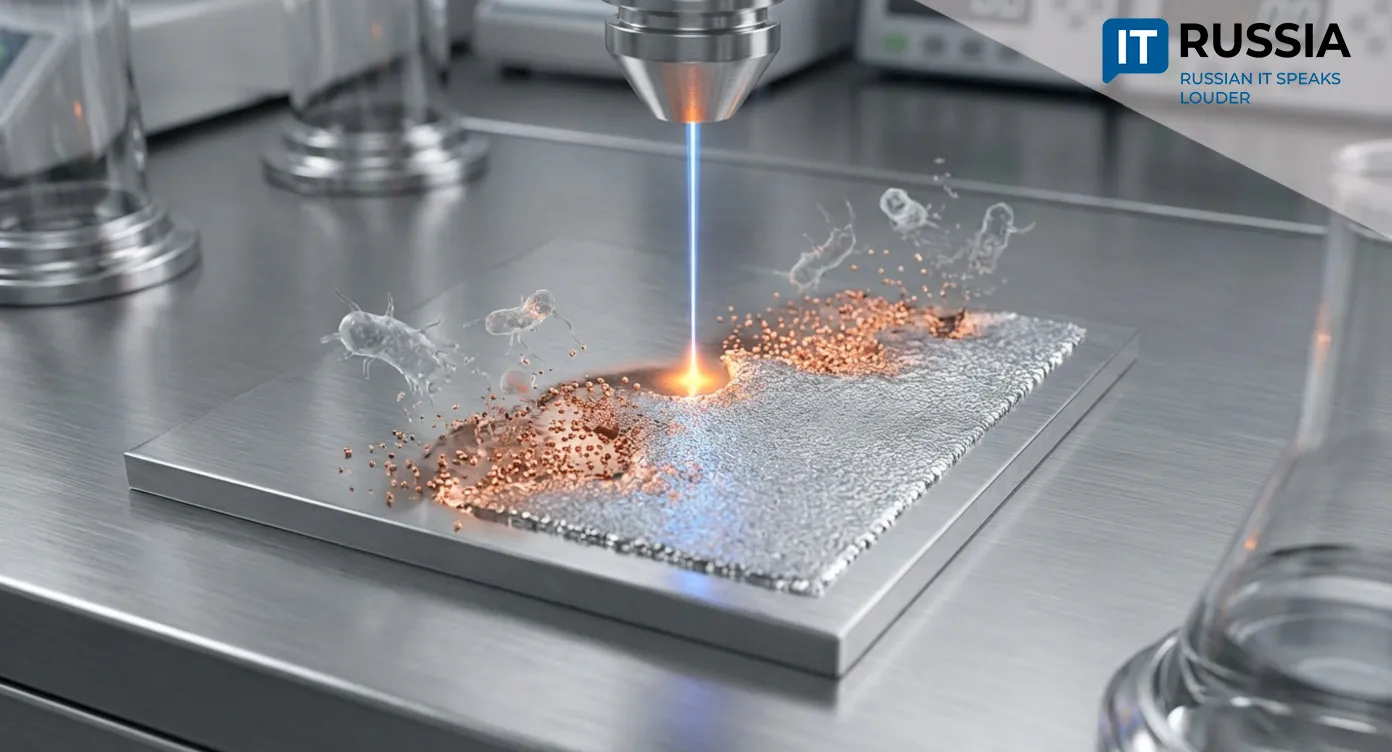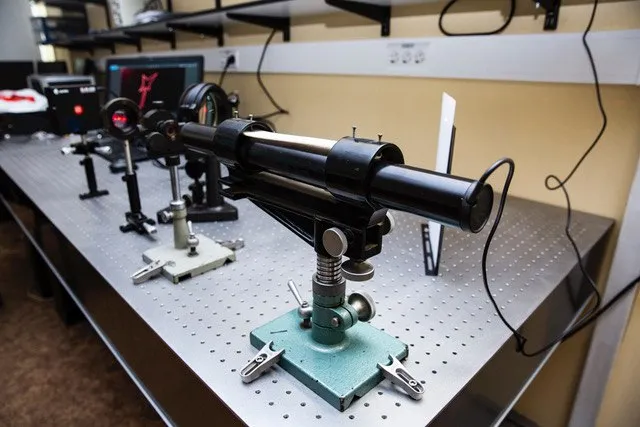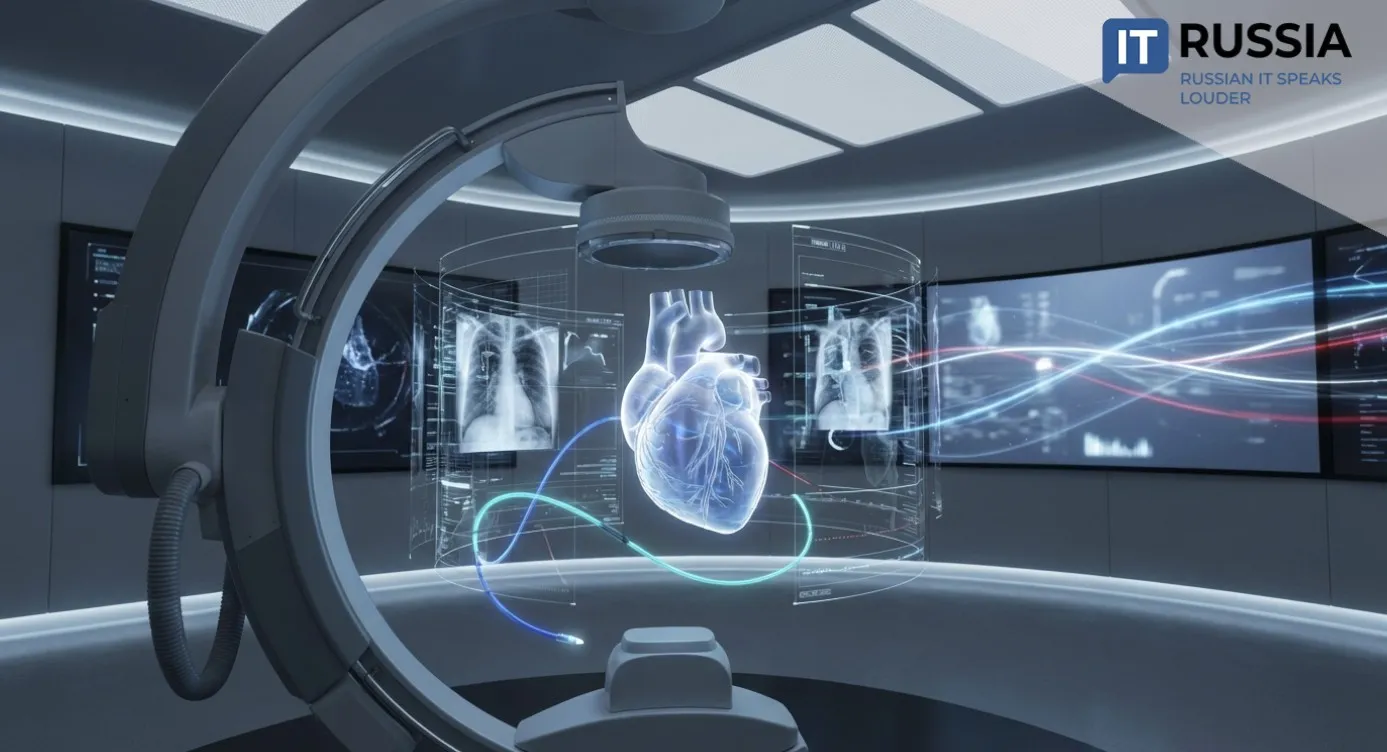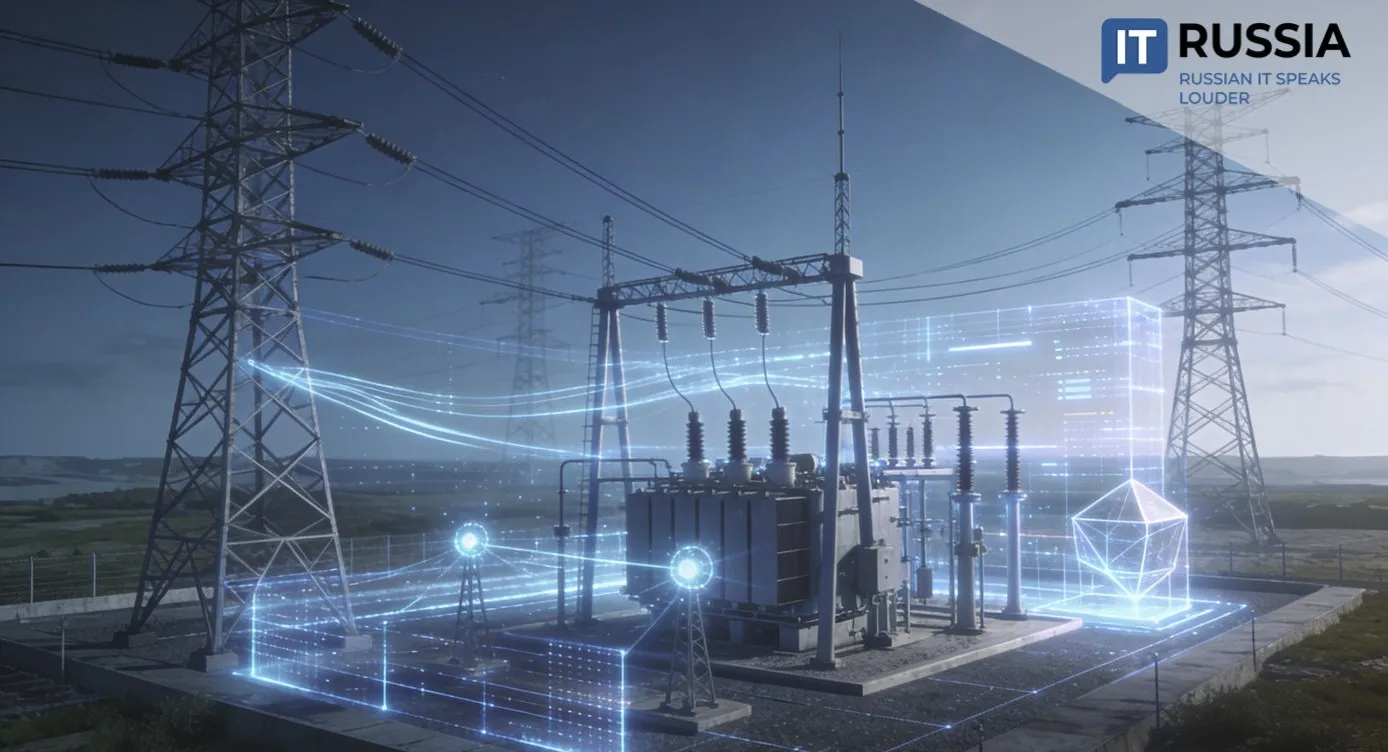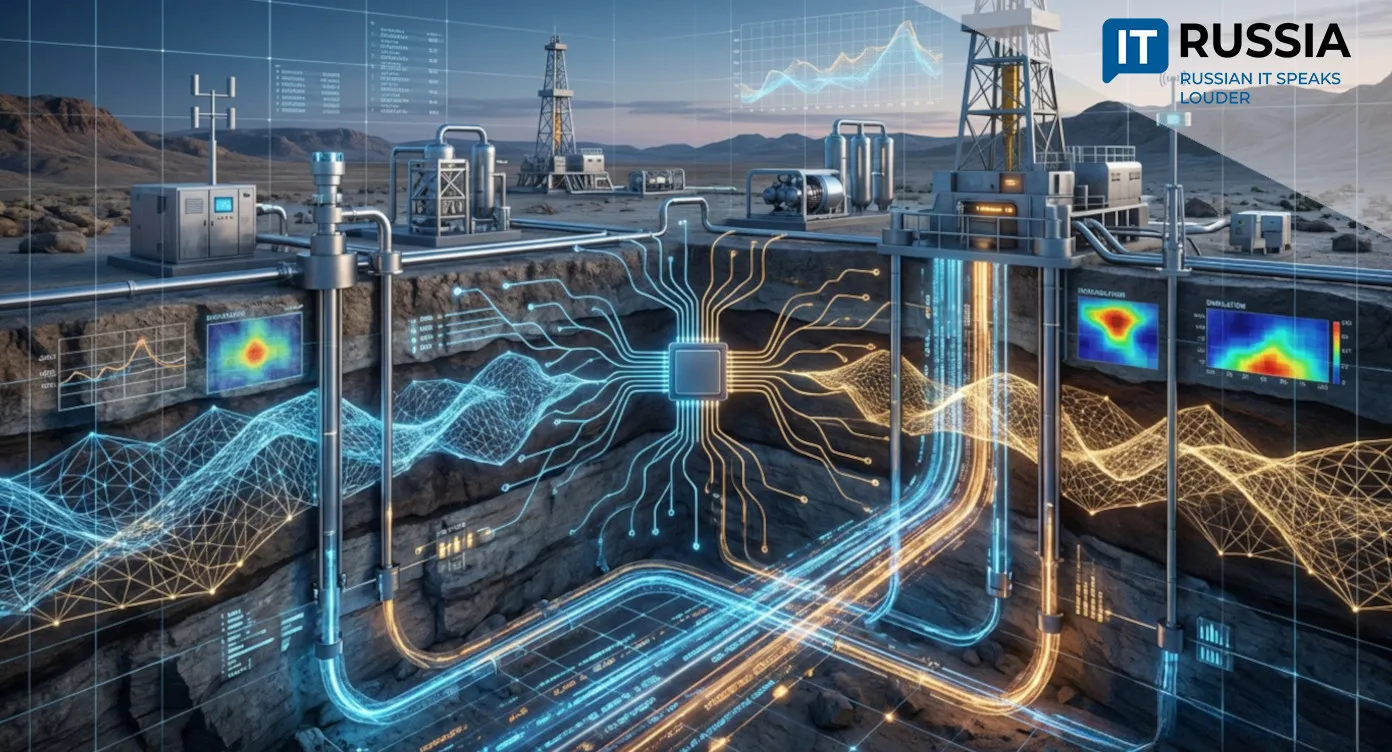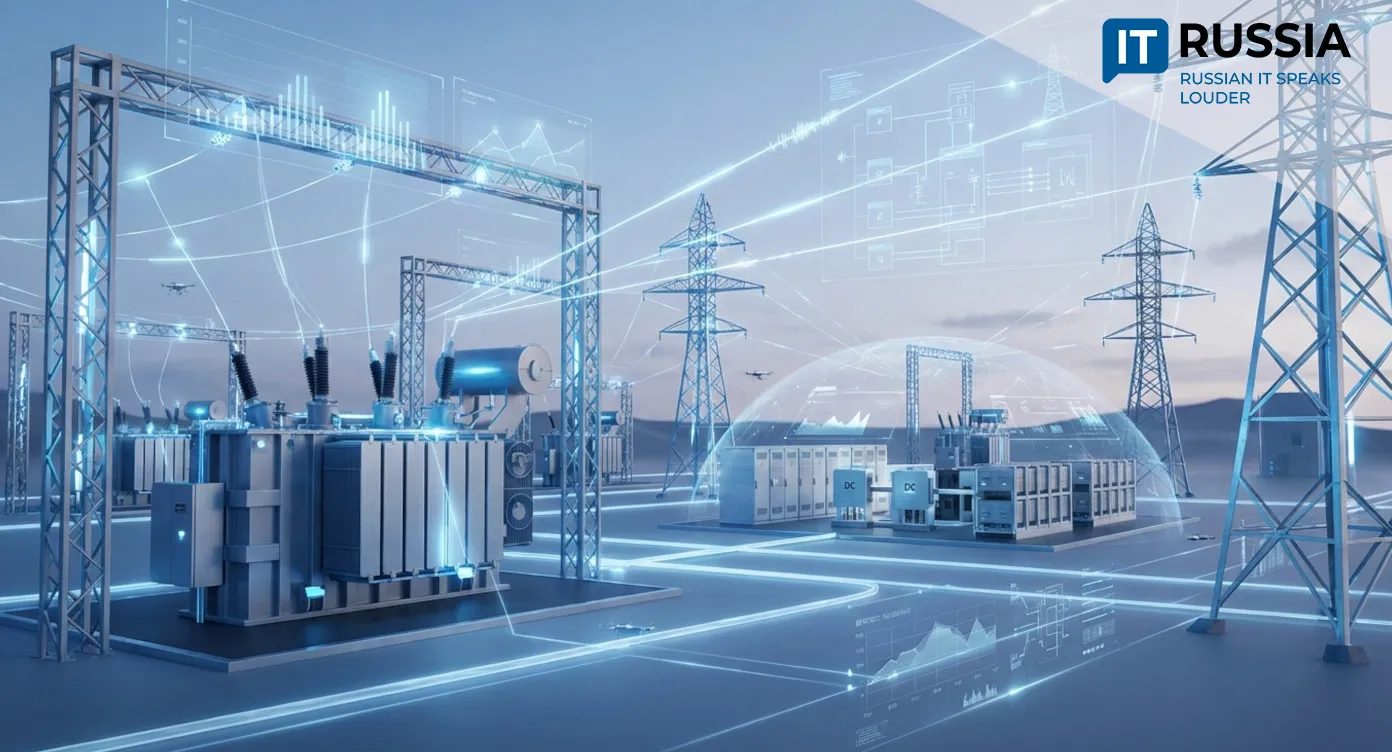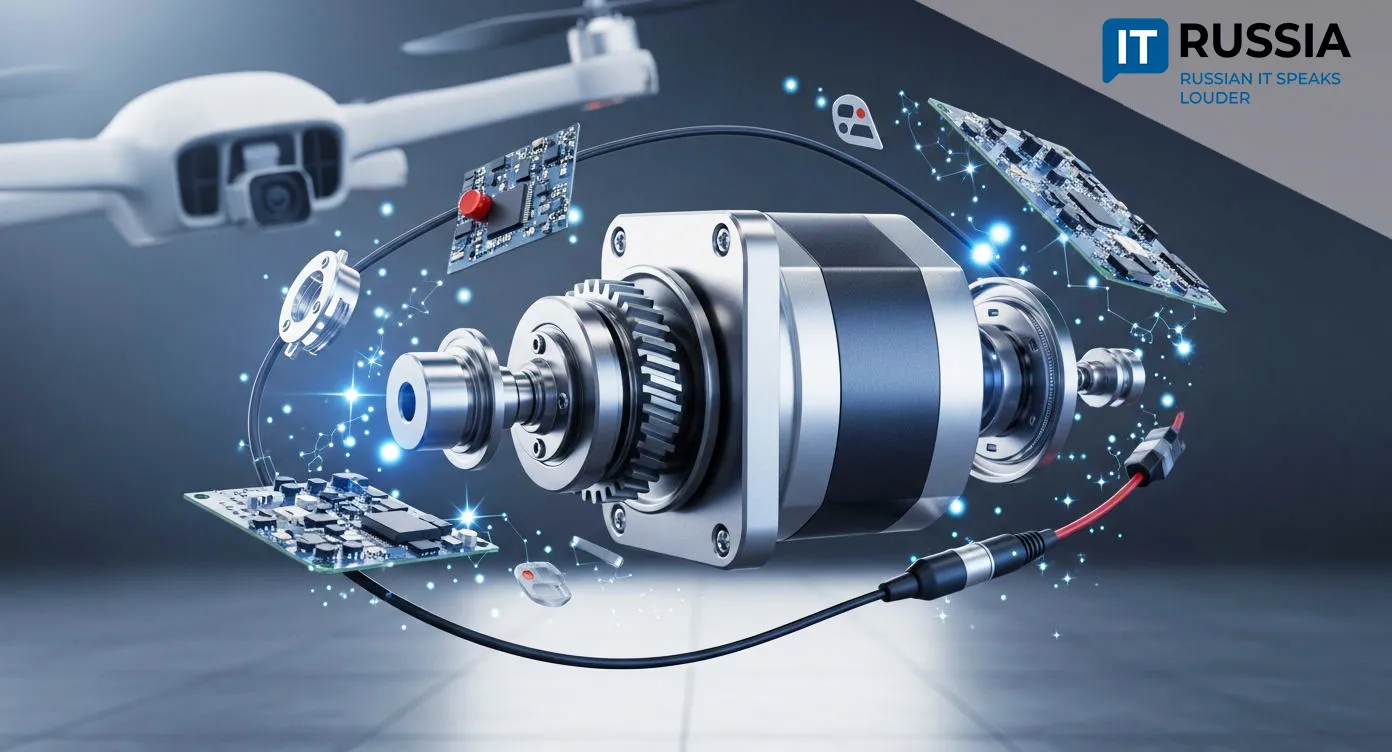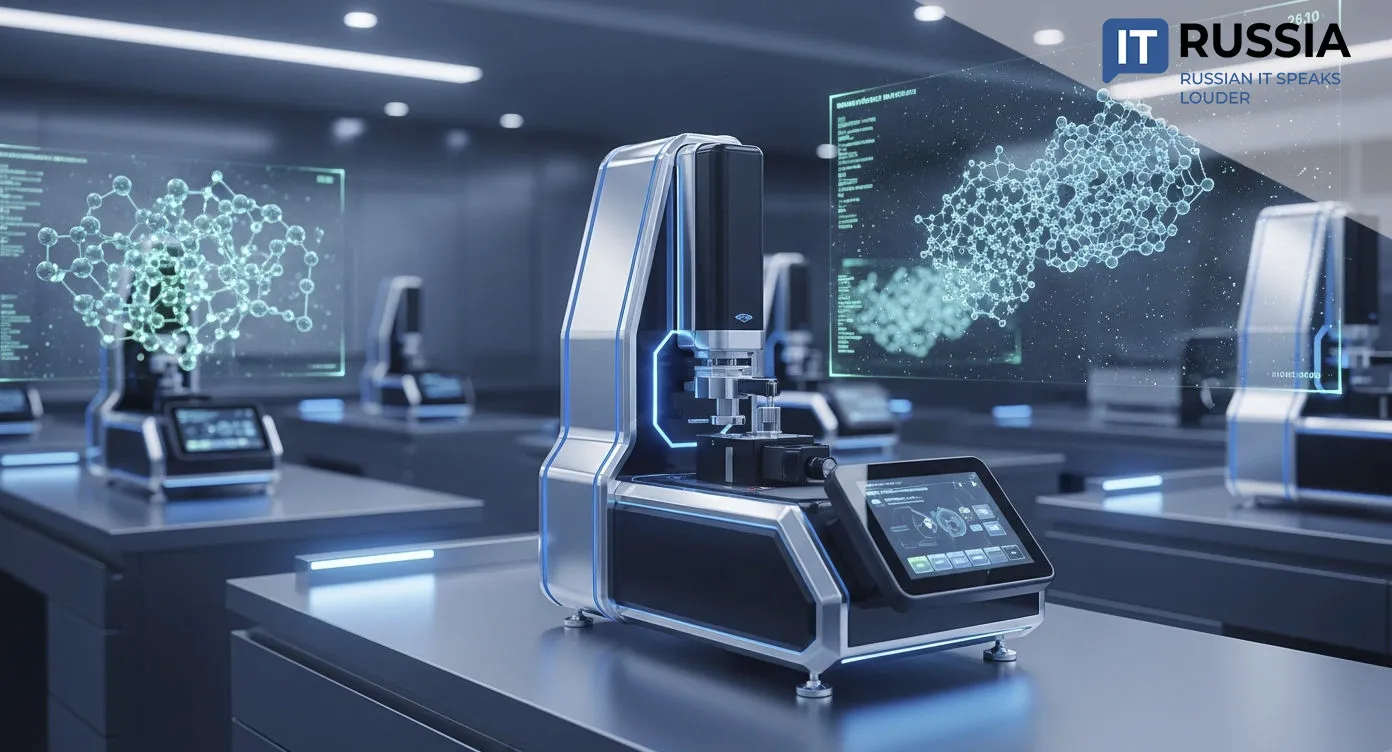Perm Breakthrough: AI System Revolutionizes Reservoir Permeability Analysis
Scientists from Perm National Research Polytechnic University have developed a software platform that evaluates reservoir permeability in real time with near-perfect accuracy (99.7%), eliminating the need to stop oil wells during analysis.

Continuous Monitoring, No Shutdowns Needed
Oil and gas producers worldwide face a long-standing challenge: accurately assessing the permeability of rock formations without interrupting well operations. Permeability and reservoir characteristics are key to determining field productivity, yet traditional hydrodynamic methods require shutting down wells for several days, resulting in operational and financial losses.
Geophysical techniques typically analyze formations within a radius of just two to three meters around the borehole — even though most filtration processes occur much farther out, beyond the reach of conventional tools. Researchers from Perm National Research Polytechnic University (PNRPU) have designed a software solution that continuously evaluates the permeability of remote reservoir zones in real time, marking a fundamental shift in the monitoring of filtration properties. The innovation promises significant cost savings for energy companies by eliminating downtime while increasing analytical accuracy.

AI-Powered Precision
The system combines machine learning with digital twin technology to achieve almost absolute precision. Its training dataset includes more than 3,500 hydrodynamic studies, filtered and structured by experts.
Unlike traditional methods, the AI model accounts for dynamic reservoir changes, which conventional approaches often overlook. Static measurements can lead to water intrusion, inefficient pressure management, and lost oil production.
The Perm-developed platform, however, draws from multiple data sources — including rock and fluid characteristics — and integrates them into a predictive model. The digital twin simulates the behavior of the reservoir under various scenarios, including hypothetical well shutdowns.
The AI training process resembled image recognition: instead of pictures, the algorithm analyzed massive datasets of pressure graphs associated with specific parameters. Over time, it learned to detect complex correlations among variables, build its own predictive curves, and accurately calculate permeability values for remote reservoir zones.

Scalable Industry Solution
The result is a fully functional, scalable industrial software platform. It reduces the time required for permeability analysis from a week to just a few hours, greatly enhancing the investment attractiveness of oil fields.
By maintaining continuous monitoring, operators can keep production steady, optimize injection systems, and make faster data-driven decisions. Each deployment, however, requires historical and operational data, access to drilling and production logs, and adaptation to local geological conditions.

The PNRPU development aligns with national priorities in digitalization, import substitution, and resource efficiency across the energy sector. A pilot version for commercial use is expected soon, with potential scaling to major oil fields and integration with existing digital systems.
Once proven economically viable, the technology could be licensed or exported, positioning Russia as a leader in digital oilfield innovation.







